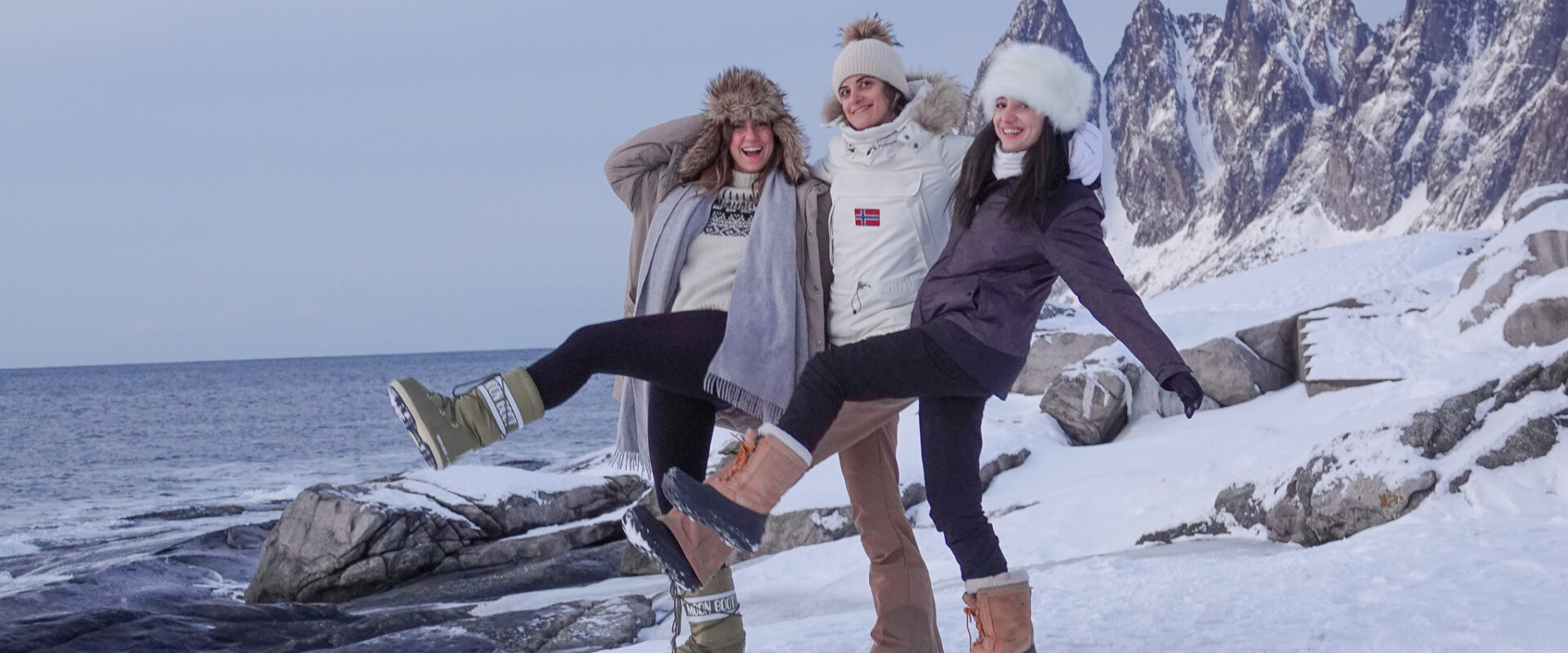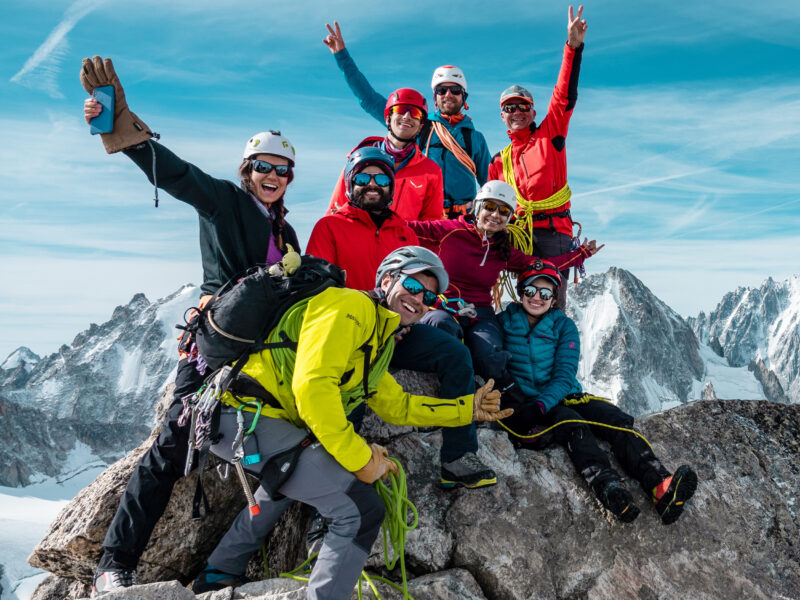BY Rami Rasamny | March 25 2025
What are the Best Shoes to Chase the Northern Lights?

If you’re planning to chase the Northern Lights, you’re already preparing for one of the most magical experiences on the planet. But before you get swept away by the idea of standing under a glowing green sky, there’s one crucial detail you shouldn’t overlook: your footwear.
Why Your Shoes Matter When Hunting the Aurora
The Northern Lights are most commonly visible in high-latitude regions—think Norway, Sweden, Finland, Iceland, northern Canada, and Alaska. These destinations sit either near or above the Arctic Circle, and that means you’ll be dealing with subzero temperatures as a baseline. At Life Happens Outdoors, we run an incredible Northern Lights to to Arctic Norway.
To make things even colder, the Aurora Borealis only appears when the sky is dark and clear. So not only are you in one of the coldest inhabited regions on Earth, but you’re also venturing out at night, when temperatures drop to their lowest.

You’re likely to be standing still for long periods, possibly walking through deep snow, and stepping onto hard-packed ice or frozen ground. If your footwear isn’t up to the task, you’ll be cold, miserable, and likely cutting your night short.
Here’s what you should look for in the best shoes for chasing the Northern Lights:
1. Insulation is Non-Negotiable
Look for boots that are built for extreme cold. Quality winter boots will list their temperature ratings—many Arctic-grade boots are rated to -20°C (-4°F) or even colder. Thinsulate or sheepskin-lined interiors are excellent choices. Your boots should trap your body heat and keep the cold from seeping in, especially if you’re standing in snow or ice for hours.
Pro Tip: Avoid regular hiking boots unless they’re specifically designed for winter. Even waterproof doesn’t mean warm.
2. Waterproofing and Snow Resistance
Snow isn’t just cold—it melts. And wet feet in freezing weather is a quick recipe for frostbite. Look for waterproof materials like Gore-Tex or rubber lowers with sealed seams. Tall boots are better than low-cut ones, especially in deep snow. You want to keep snow out and warmth in.
3. Traction You Can Trust
The Arctic is not a gentle landscape. You’ll be walking on icy roads, frozen paths, and packed snow, all of which can be treacherously slippery. Choose boots with aggressive tread patterns and ice-gripping soles. Some boots even allow you to add removable crampons or ice cleats, which can make a huge difference when walking on hard ice.
4. Comfort and Fit for Long Nights
You might be on your feet for several hours, or walking to reach a good viewing spot away from light pollution. Choose boots with cushioning and ankle support, and make sure there’s room to wear thick wool socks. Don’t size down—tight boots restrict blood flow and make your feet colder.

5. Durability and Dependability
If you’re investing in a trip to see the Northern Lights, invest in boots that won’t fall apart halfway through. Choose well-known outdoor brands with proven winter collections—Sorel, Baffin, Kamik, Columbia, and The North Face all make solid Arctic-ready options.
Final Thought
Chasing the Northern Lights is unforgettable—but only if you’re warm enough to enjoy it. Your shoes are your first line of defence against the bitter cold. Choose well-insulated, waterproof, and high-traction boots, and your feet will thank you as you stand under the stars, watching the sky come alive in shades of green, purple, and pink.
Because when the lights show up, the last thing you want to think about is your freezing toes.
About The Author
Rami Rasamny is the founder of Life Happens Outdoors, a premium adventure travel community dedicated to transforming lives through curated outdoor experiences. A mountaineer and entrepreneur, Rami has led teams on some of the world’s most challenging peaks, from the Alps to the Himalayas. His mission is to make adventure accessible, transformative, and safe for all who seek to push their limits and Come Back Different.
About Life Happens Outdoors
At Life Happens Outdoors, we believe in the power of nature to transform lives. As proud members of the Adventure Travel Trade Association (ATTA) and the World Travel & Tourism Council (WTTC), our team of certified guides and outdoor professionals is committed to the highest standards of safety, sustainability, and excellence.
Discover more about our story and mission on our Meet LHO page, or explore our curated adventures such as the Tour du Mont Blanc Trek, the Climb of Kilimanjaro, and Chasing the Northern Lights.














